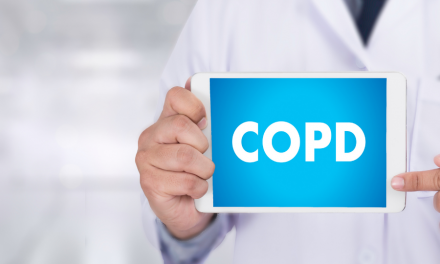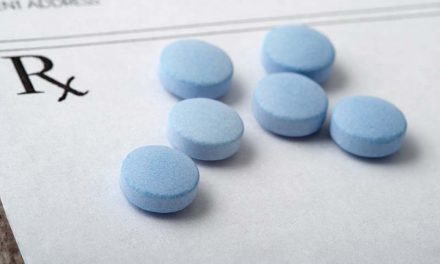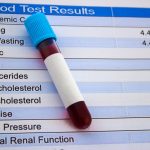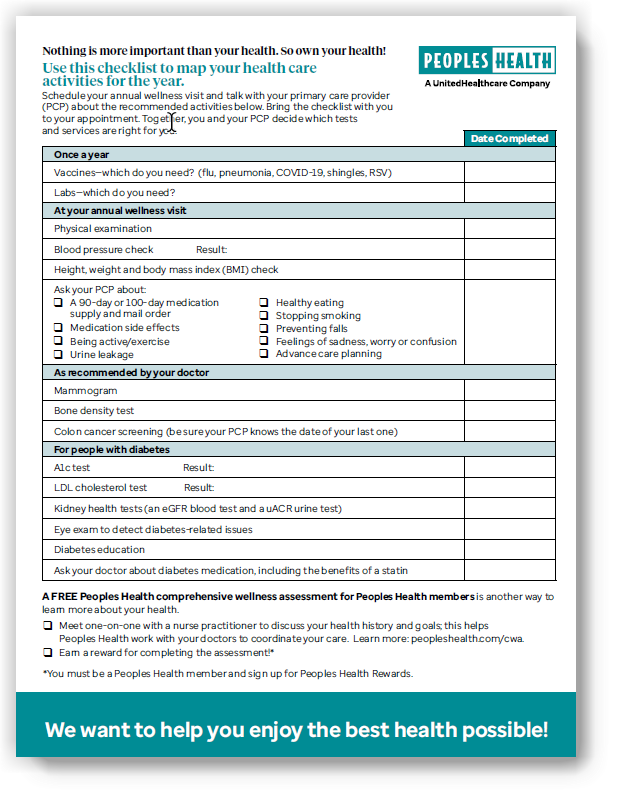High blood pressure is dangerous because there are often no symptoms, which means you may not know if it gets worse.
Blood pressure measures the force of blood against the walls of the arteries and is recorded as two numbers, for example “120 over 80.” The first, or top, number (systolic pressure) is the force at the time the heart beats. The second, or bottom, number (diastolic pressure) is the force between beats.
It’s important to…
Know what your blood pressure usually is.
Ask your doctor at your next office visit. If you check your blood pressure at home and keep a log of your results, bring your log to your visit to discuss the results. Work with your doctor to set a blood pressure goal and ask how to reach and maintain it.
It’s a good idea to check your blood pressure at home and keep a record of your readings. If you’re not sure how, ask your doctor for tips.
Most Peoples Health members have an over-the-counter items benefit through their plan and can buy a home blood pressure monitor using their benefit’s credit amount.
Control your blood pressure.
Taking your medication exactly as prescribed without skipping doses is critical. This means filling and picking up your medications on time, and talking to your doctor about any side effects you have. When you feel good, it may be tempting to skip doses, but remember: You feel good because the medication is working.
See your doctor every six months or at least once a year to discuss your blood pressure.
Learn more: 4 subtle symptoms of high blood pressure










